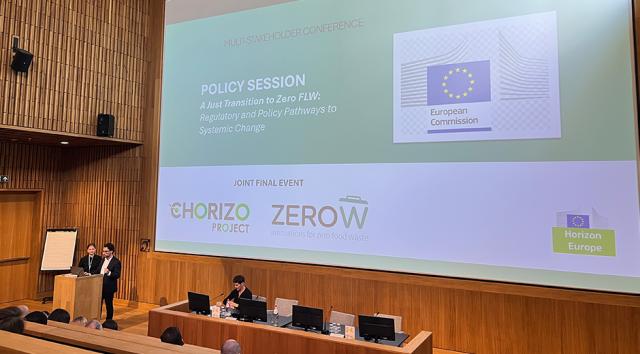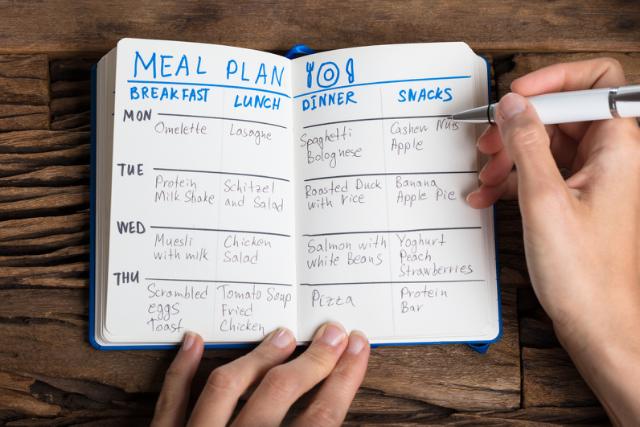Food loss and waste is a serious problem that can not be solved with technical solutions alone. It requires co-creation and a systems thinking approach.
The tools below are selected to help projects with that in every phase of their innovation process.
You can select tools based on the goal you want to achieve or the stage you are at in the innovation process.
Types of goals:
- Map & Engage Stakeholders
- Interrogate Existing Knowledge
- Create New Knowledge & Ideas
- Think Ahead and Find Solutions to Challenges
- Plan & Implement/Apply Knowledge
Stages:
- Preparation & Setup
- Prototyping
- Demonstration
- Commercialisation & Scaleup
Time and effort
For each tool, the effort and time span needed are indicated with a symbol.
Effort needed to implement a specific tool:
🌶 Little effort
🌶🌶 Less effort
🌶🌶🌶 More effort
Time needed to implement the tool (excluding preparation and processing time):
⧗ (1-2 hours)
⧗⧗ (3-4 hours)





